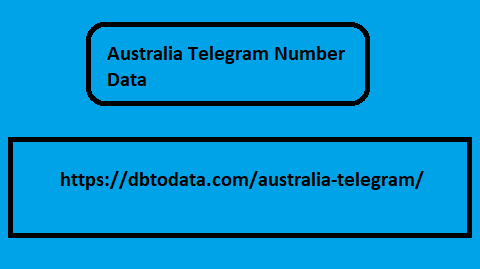Post by ivykhan885 on Mar 5, 2024 6:02:48 GMT
If there's one thing we've learned from working closely with businesses, it's that leads alone aren't enough to drive B2B sales. If inbound marketing, on the one hand, has filled the lack of quality and maturity of commercial contacts, thus preparing them for contact with the company and the finalization of the agreement, sellers, on the other hand, still complain about the difficulty managing leads. This is where the inbound sales we talk about in this article comes into play, exploring its ability to: Shorten the sales cycle Increase conversions from leads to customers Increase business opportunities Increase average customer value When companies combine the inbound marketing strategy with that of inbound sales , a completely unique experience is created in the prospect's relationship with the brand, capable of truly making a difference compared to competitors in the sector. The goal is to offer informative content and educate the target audience, but the result is immediate and visible and takes the form of an improved conversion rate into leads that are qualified and therefore more likely to become business opportunities and ultimately customers.
But is it really possible to increase B2B sales by applying the inbound strategy? What level of growth can you expect from inbound marketing and inbound sales? There is no valid answer for all companies, unfortunately or fortunately, the characteristic of inbound is that it is extremely customizable and therefore the results also vary depending on the situation. However, what follows are general expectations that can be broken down into forecasts, objectives and results planned during strategy planning meetings Australia Telegram Number Data Download the free eBook to find new prospects in the digital age Shorten the sales cycle The first improvement that companies that undertake an inbound path, both marketing and sales, notice is the reduction of the sales cycle. If, for example, 45 days normally pass between the first contact with the prospect and the signing of the contract, you can legitimately think of reaching 30 days. As? By completely rethinking the structure of sales processes, inserting content marketing materials and taking the prospect's point.

of view, aligning with each phase of their purchasing cycle. Download the ebook Another lesson learned from the inbound experience is that the longer the sales cycle, the more likely you are to be able to shorten it, so if your sales process lasts 6 months, the impact will be much more significant, with a reduction of up to 30 days. Increase conversions from leads to customers Improving the conversion rate is certainly the number one goal when a company aims to increase B2B sales. Compared to any marketing activity, inbound offers the possibility of working with much more qualified leads, making the work of salespeople simple, but decidedly more rewarding, who will not have to waste time with invalid contacts or simply in the wrong phase of the sales process. 'purchase. In practice, the sales department may have fewer leads to work on, but with greater opportunities to bring them to completion and therefore increase revenue . Increase business opportunities If it is true that inbound marketing has a direct impact on lead generation, it is thanks to inbound sales techniques that it is possible to transform these contacts into concrete commercial opportunities.
But is it really possible to increase B2B sales by applying the inbound strategy? What level of growth can you expect from inbound marketing and inbound sales? There is no valid answer for all companies, unfortunately or fortunately, the characteristic of inbound is that it is extremely customizable and therefore the results also vary depending on the situation. However, what follows are general expectations that can be broken down into forecasts, objectives and results planned during strategy planning meetings Australia Telegram Number Data Download the free eBook to find new prospects in the digital age Shorten the sales cycle The first improvement that companies that undertake an inbound path, both marketing and sales, notice is the reduction of the sales cycle. If, for example, 45 days normally pass between the first contact with the prospect and the signing of the contract, you can legitimately think of reaching 30 days. As? By completely rethinking the structure of sales processes, inserting content marketing materials and taking the prospect's point.

of view, aligning with each phase of their purchasing cycle. Download the ebook Another lesson learned from the inbound experience is that the longer the sales cycle, the more likely you are to be able to shorten it, so if your sales process lasts 6 months, the impact will be much more significant, with a reduction of up to 30 days. Increase conversions from leads to customers Improving the conversion rate is certainly the number one goal when a company aims to increase B2B sales. Compared to any marketing activity, inbound offers the possibility of working with much more qualified leads, making the work of salespeople simple, but decidedly more rewarding, who will not have to waste time with invalid contacts or simply in the wrong phase of the sales process. 'purchase. In practice, the sales department may have fewer leads to work on, but with greater opportunities to bring them to completion and therefore increase revenue . Increase business opportunities If it is true that inbound marketing has a direct impact on lead generation, it is thanks to inbound sales techniques that it is possible to transform these contacts into concrete commercial opportunities.
